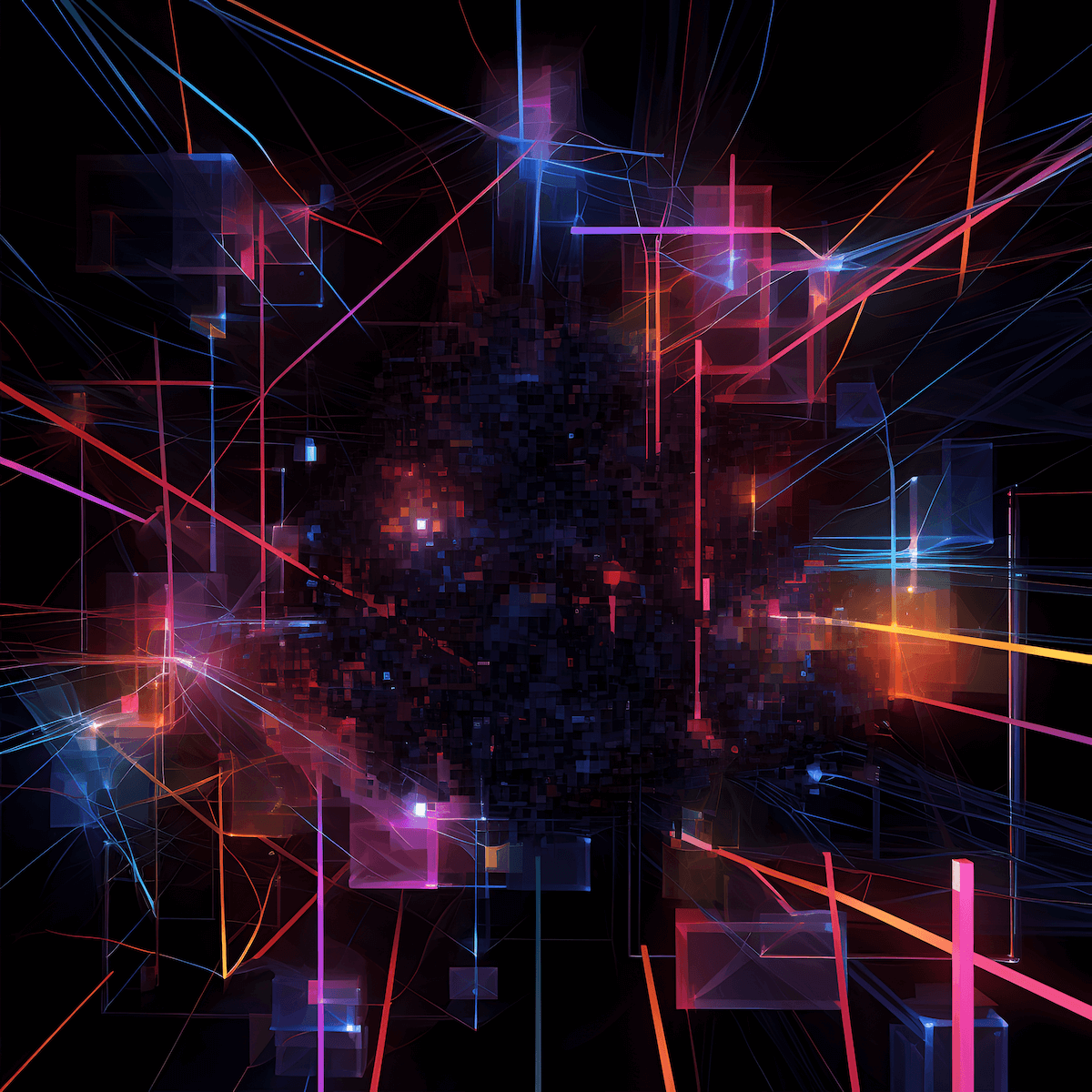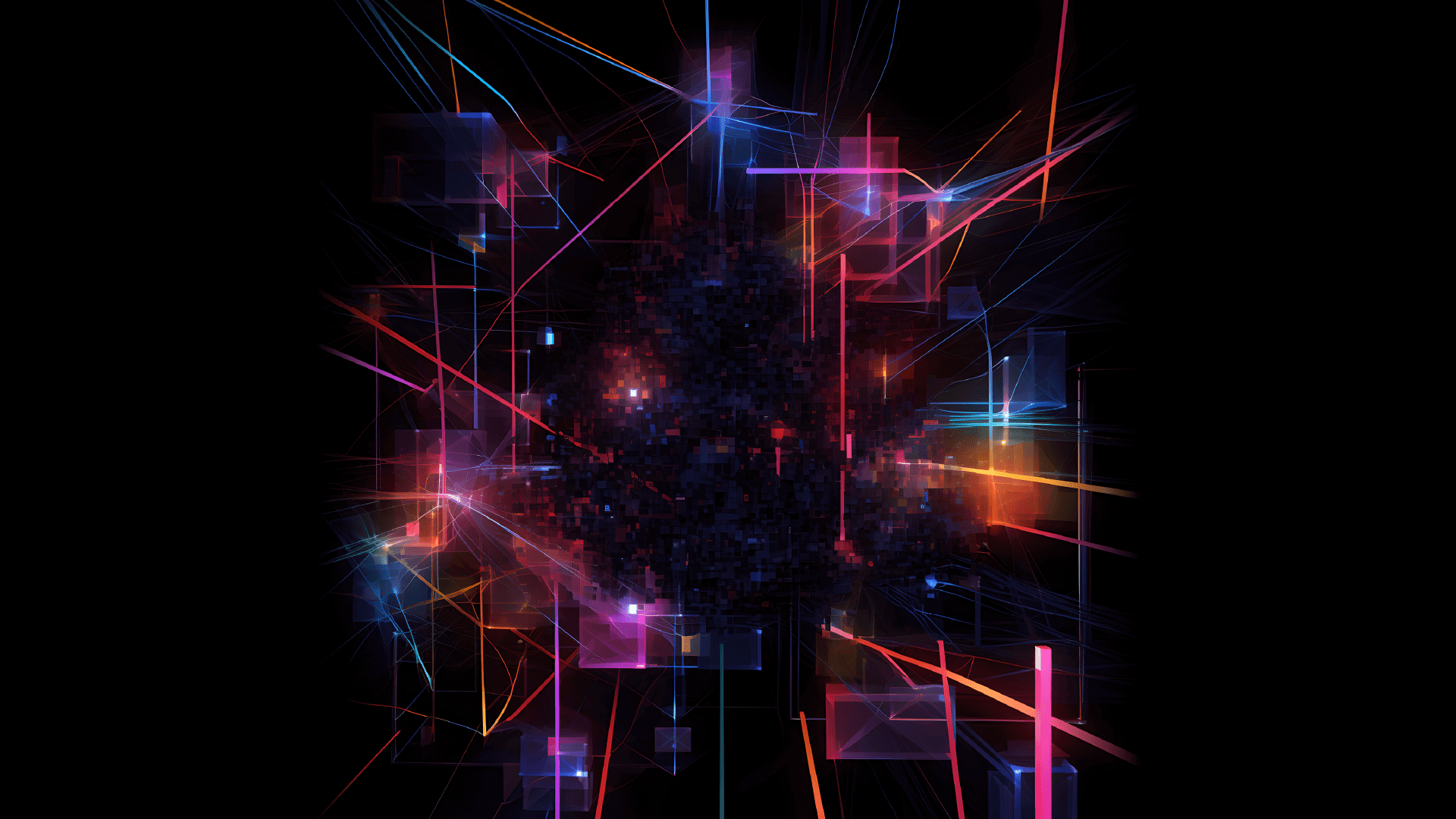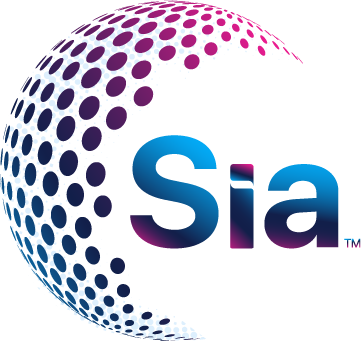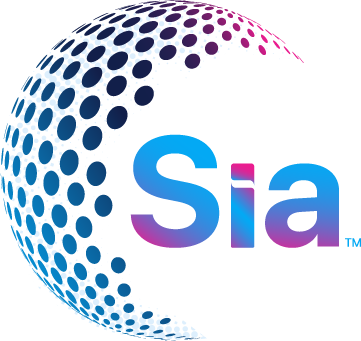The Ubiquitous Rise of Generative AI Amidst All Controversy

The Ubiquitous Rise of Generative AI Amidst All Controversy

All we seem to hear nowadays is of AI tools never sleeping. It has upgraded itself to a point where in the near future we would need to start brushing up on our robotic repair skills to keep up with the competition.
Generative AI models have made significant progress and are capable of creating a wide range of content such as text and images. This includes generating blog posts, program code, poetry, and artwork, with some AI models even winning competitions, albeit with some controversy.
Over the recent years, tech firms like Google, Facebook, and OpenAI have deployed these large languages and text-to-image models including Google’s BERT, Facebook’s BlenderBot, and OpenAI’s GPT-3 and DALLE-2.
Learning from the existing data with the help of machine learning, various Generative AI tools have transformed the creative process of artists, designers, and musicians to explore new directions in their work. This has created a path for creative professionals to enable them to collaborate with the power of AI tools.
Generative AI in the field of Art
In the year 2018, a teenage artist, and programmer Robbie Barrat generated a portrait using Generative Adversarial networks, winning a prize at the Robotart competition. This Portrait was based on a dataset of 15,000 paintings including the work of artists like Van Gogh and Rembrandt. The use of generative AI tools sparked a controversy with the argument of Barrat merely “stitching together” existing works rather than creating an original. This raised questions on whether the AI-generated art was truly creative or just a mimicry of human-made art. Despite the controversial nature of the use of AI in art, there has been a growing interest in exploring the potential of generative algorithms in creative fields among artists and programmers. His work is a perfect example of how generative AI can be used to augment the creative process, giving artists the ability to explore new directions and push the boundaries of their craft.
Generative AI in the field of music
Machine learning algorithms have enabled generative AI models to produce music and audio that is not only innovative but also captivating. This technology is revolutionizing the way artists, producers, and engineers approach sound creation and composition, and its potential for innovation is just starting to be explored. Using machine learning algorithms, and generative AI tools is making a big impact on the creation of virtual instruments to the creation of soundscapes, and ambient music. Musicians are increasingly turning to machine learning algorithms to produce innovative compositions and generate unique soundscapes. One such example is Holly Herndon, who utilized AI to create an album titled “PROTO,” featuring tracks entirely generated by machine learning algorithms, and the music producer AIVA (Artificial Intelligence Virtual Artist), who uses AI tools to compose original music for various projects. Other musicians, such as Taryn Southern and Amper Music, have also experimented with generative AI to create music.
Generative AI in the field of texts
Generative AI has a potential value across a number of business functions. From its ability to produce written content such as news articles, poetry, and even entire novels. This technology is able to analyze and learn from vast amounts of text data, allowing it to generate new and unique written pieces. It has the potential to revolutionize the way we produce and consume written content. From various AI marketing platforms to dedicated companies, leveraging AI technology has become easier. One such example is JasperAI, a marketing-focused version of GPT-3, which enables natural language processing (NLP) in everyday business operations. Using GPT 2 and GPT3, companies can analyze the datasets to generate AI-based insights for improved audience segmentation and personalized advertising. The impact of AI on the growth of digital marketing is undeniable.
Generative AI i the field of code generation
The future of programming? This artificial creativity is a rapidly evolving field that has the potential to revolutionize the way we approach programming. Generative AI models can generate code by analyzing a dataset of code examples and learning the patterns and structures of the code. It then uses this knowledge to produce new code that is similar in style and structure to the original examples. OpenAI’s Codex is a prominent example of generative AI for code generation that can generate code in over a dozen programming languages. The system works by analyzing code snippets and using that analysis to produce new code with similar structures and styles.
Conclusion
The impact and benefits of generative AI on creative work are evident, and with continued technological advancements and increased accessibility, we can expect to witness even more exciting and innovative applications of AI in the creative arts in the future.





